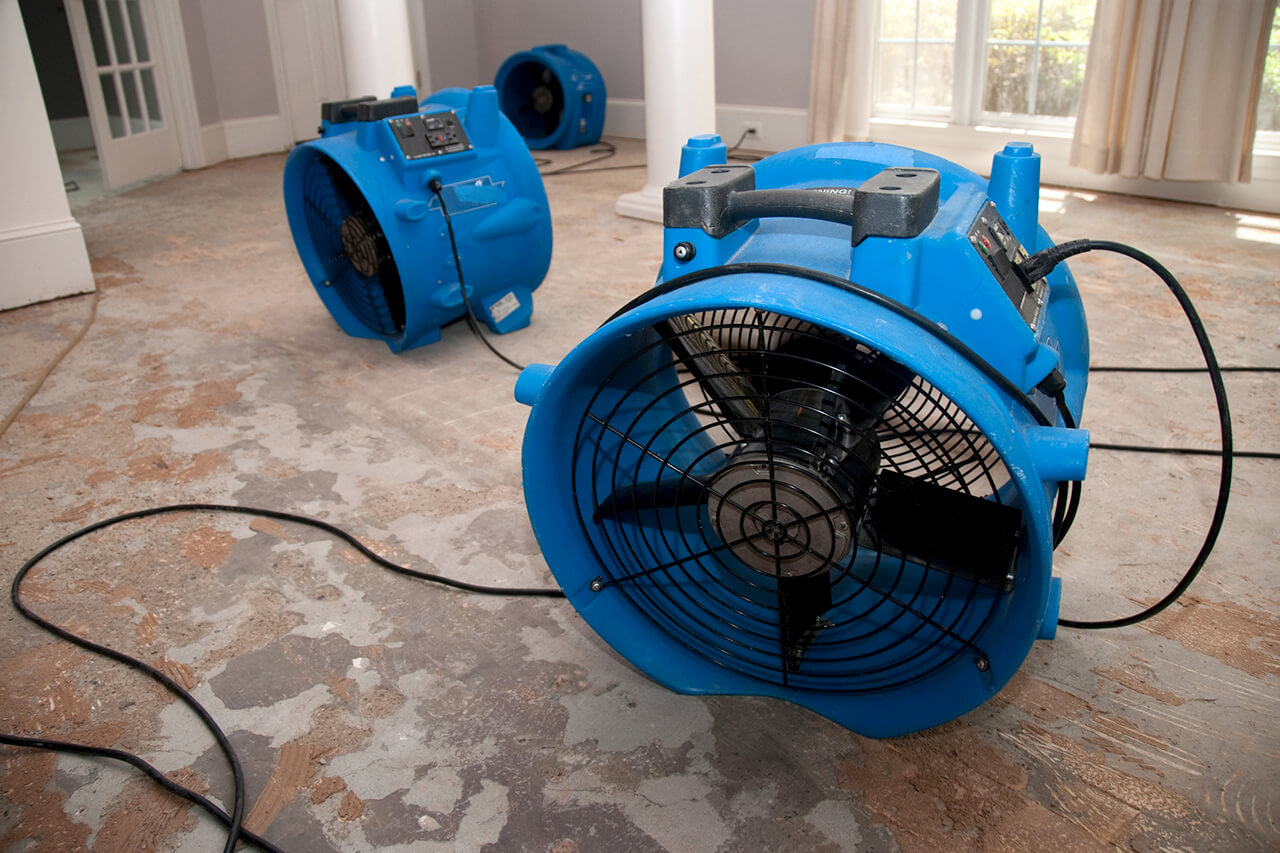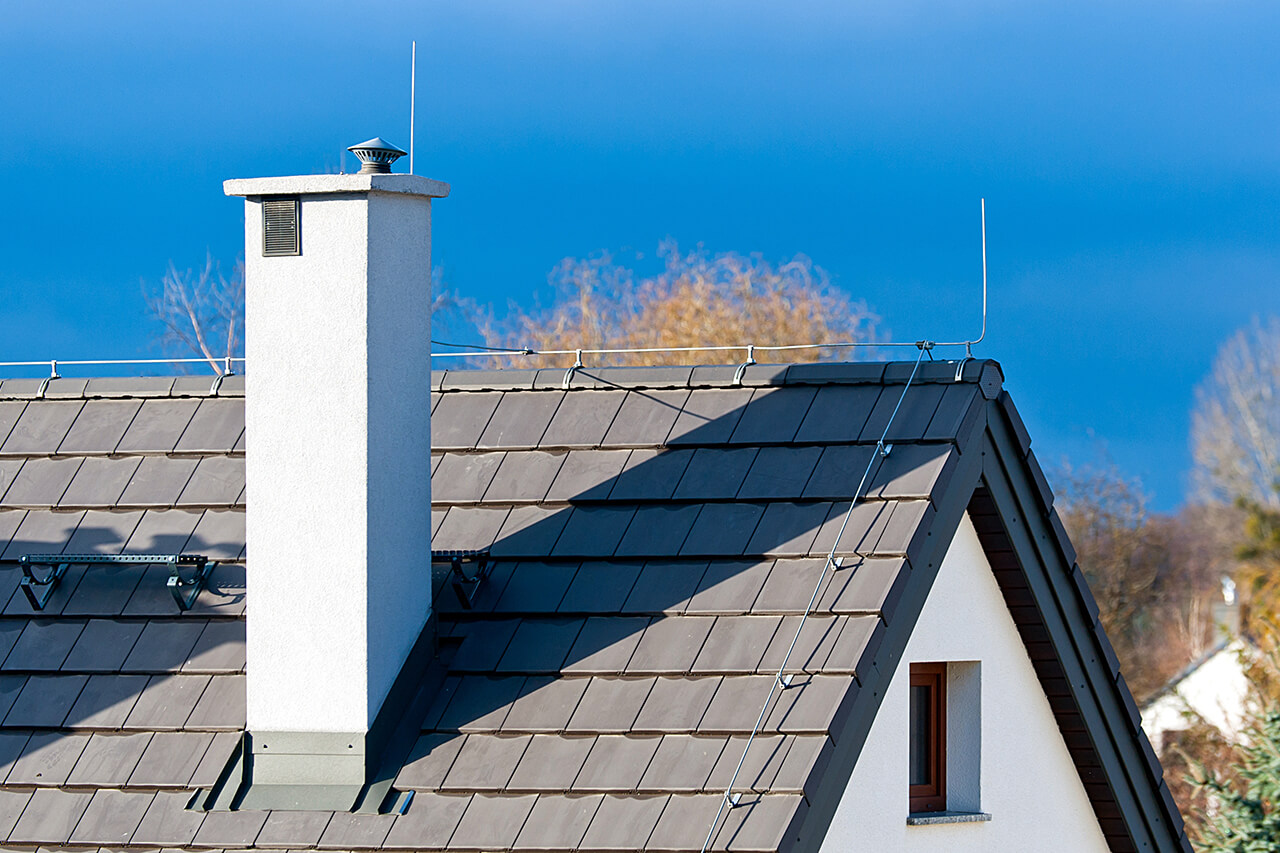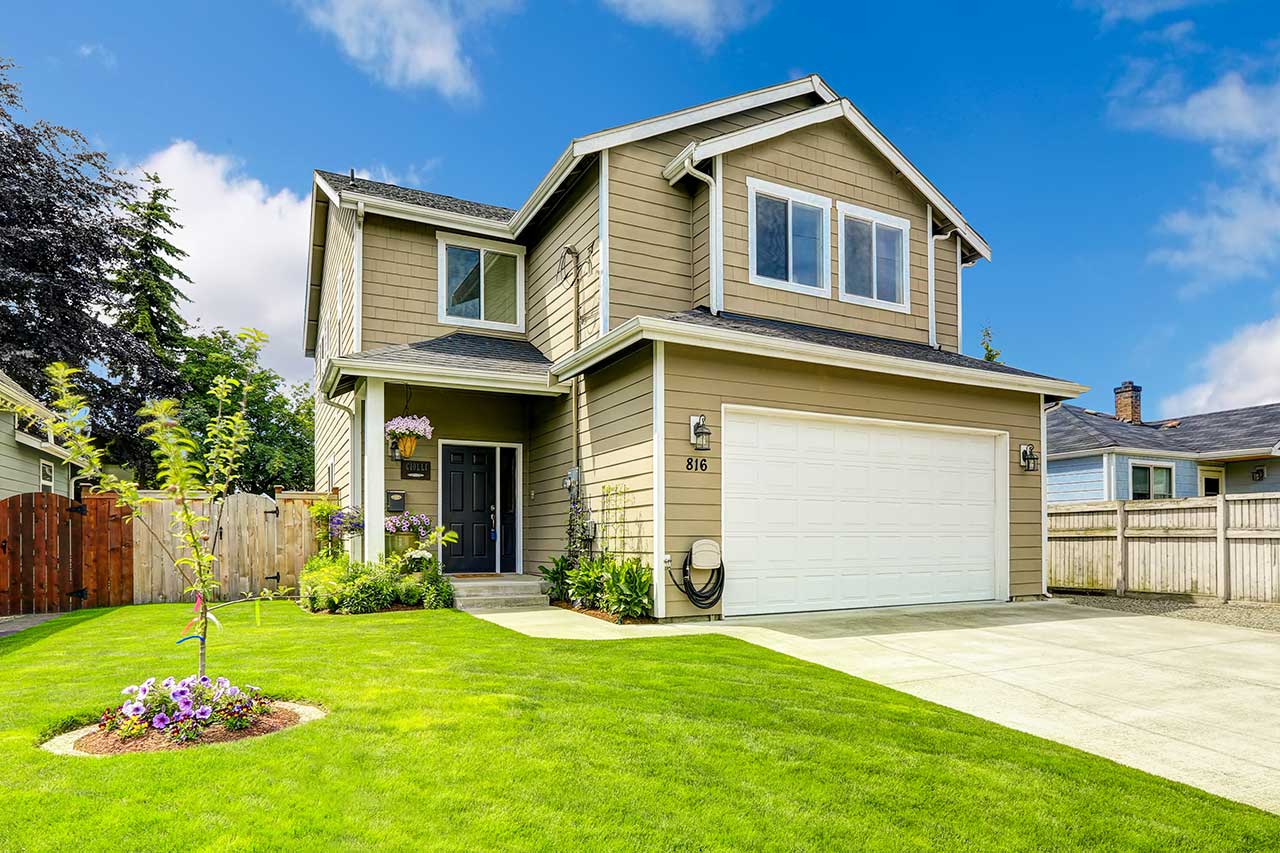When recovering from disaster, you need to act fast. Your home may be significantly damaged, at risk of serious issues and in need of repair. But where do you start? It's important to work with your insurance agent before hiring a pro for recovery or restoration. Learn more and find the guide you need in the menu below.
It's important to distinguish between man-made and natural disasters. Floods, hurricanes, tornadoes or earthquakes fall into the latter, while manmade typically refers to incidents like hazardous material spills, infrastructure failure, or bio-terrorism. This distinction can help you assess whether the repair will be covered by your insurance.
Fire and Smoke Damage Restoration
Homeowners pay between $3,300 and $22,400 to repair fire and smoke damage. Where you land within that range depends not just on the extent of the damage, but also on the type of cleaning and restoration needed. A professional consultation can help you answer that question.
After a fire, your home could suffer from water, soot, or smoke damage. In either case, acting fast is essential. Waiting even a few days between the fire and your restoration efforts can multiply the damage and complicate repairs.
Preparation can minimize damage ahead of time. Smoke detectors, fire extinguishers, and a lack of open wiring can all help to keep your home safe. Also, make sure everyone in the house (including children) is aware of basic fire prevention methods.
Find out more about fire and smoke damage restoration costs.
Flood and Water Damage Cleanup
Homeowners recovering after a flood or heavy rains tend to pay between $1,000 and $4,000 to clean up water damage. When left untreated, this can turn into a significant issue. Among other problems, mold will begin to grow, sometimes resulting in serious health concerns.
A specialist will be able to assess the damage and categorize the water contamination level in your home. Any treatments should be based on this assessment to minimize long-term effects.
You may also face a problem of standing water. When moisture doesn't properly drain away from your basement, it can result in many of the same problems as other types of water damage. Removing standing water costs an average of $2,800. Solutions include landscape grading, swales, and more complex drain systems.
Learn more about basement flood cleanup costs.
Storm and Wind Damage Repair
Storms and winds can do significant damage to your roof, siding, or porch. Expect to spend about $2,000 - $10,000 on wind and storm damage repair.
You can save money by preparing for the worst. Winterize your home to minimize damage caused by hail, ice, and snow. Ready your property for tornadoes and hurricanes. Know what's coming, and get everything you need in place to stay safe during and after the storm.
Once the worst is over, work with a roofing contractor to understand and address the extent of the damage.
Earthquake Retrofitting
An earthquake is dangerous on its own, but the resulting damage your foundation incurs over time could be even worse. If you live in an area that is prone to earthquakes, you need to inform yourself about the steps you should take to keep your home safe.
Brackets, bolting, and bracing keep your home safely on its foundation during earthquakes. Retrofitting your home costs between $3,000 and $5,200, with an average cost just above $4,000.Read more about the cost to earthquake retrofit your home.
Lightning Protection Installation
No area in the country is safe from lightning. Without the right preparation, lightning strikes can lead to structural, fire, and electrical damage. The cost of a single strike averages about $8,000. Compare that with an average $1,200 to install a lightning protection system.
A full system includes lightning rods and grounding around the exterior of your home, and costs up to $4,000. However, even a whole house surge protector (which costs between $300 and $500) can mitigate some of the damage.
You never know when lightning will strike. But when it does, the damage can affect all areas of your home. To prevent the worst, talk to an expert about your options and learn more about the cost of installing residential lightning protection systems.
Disaster Recovery and Insurance
No matter the type of problem you encounter, you should know whether or not your insurance covers repairs and incidental costs. Some man-made incidents, such as bio-terrorism, may not be covered. Similarly, floods and earthquakes often require a policy separate from home insurance.
Proper documentation is absolutely crucial. Take photographs, and don't throw out any damaged property. In other words, provide evidence that the damage is the result of the disaster for which you are submitting a claim.
You also need to act quickly. The longer you wait, the more difficult it will become to get immediate help. That includes both the initial claim, and follow-ups with more information as necessary.
One solution that can make recovery easier is to work with individuals and companies who offer insurance claim management as part of their service. That way, you can be have peace of mind that everything possible will be done to ensure you’re reimbursed for repairs and incidentals.





